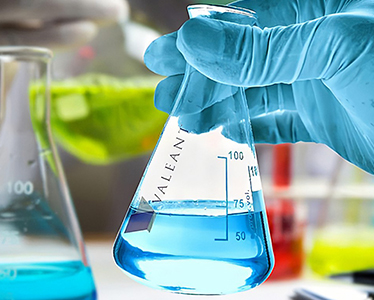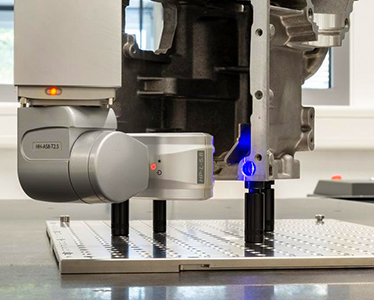Definition of forging and die casting
2023-08-10
The definition of forging and die casting can be summarized as follows:
- Forging: Using forging hammer, press or hydraulic equipment to change the volume, shape, internal organization and mechanical properties of metal materials;
- Die casting: Molten metal is injected into the mold under high pressure, and the required parts or products are obtained after cooling and solidification.
Second, the difference between forging and die casting
1. Different processing processes
Forging is the processing and forming of metal through forging equipment, which can be divided into free forging, die forging, precision forging and other different methods. Die casting is the injection of molten metal into the mold for molding, mainly pressure casting, gravity casting, low pressure casting and other different technologies.
2. Different scope of application
Forging is suitable for parts requiring high precision, material strength, load and impact stress. Die casting is suitable for the production of large quantities, complex shapes, high precision, large scale structural components or special performance of industrial parts.
3. Product nature is different
The forged products have dense internal structure, fine metal grains, good mechanical strength and toughness, and are suitable for wear resistance, corrosion resistance and other heavy duty conditions. Die casting because of the complex shape, there are pores and impurities inside the product after molding, resulting in poor material properties than forging.
3. Advantages and disadvantages of forging and die casting
1. Advantages of forging:
- High physical properties of the product
- The internal tissue is dense and uniform
- Can achieve through hole and shaped workpiece manufacturing
- not easy to deform after processing
2. Disadvantages of forging:
- Long processing cycle, time-consuming and manpower
- Suitable for occasions with high material requirements
3. Advantages of die casting:
- High production efficiency
- Can manufacture complex shapes, precise sizes of products
- High degree of automation of production line
4. Disadvantages of die casting:
- High mold cost
- There are surface defects after processing, and there are pores and impurities inside
- Poor product performance, limited scope of application
【 Conclusion 】
Today's Maple news introduces the definitions, differences, and advantages and disadvantages of forging and die casting. In general, forging and die casting have their own applications and advantages. In actual production, it is necessary to choose according to the characteristics and needs of the parts.
























































